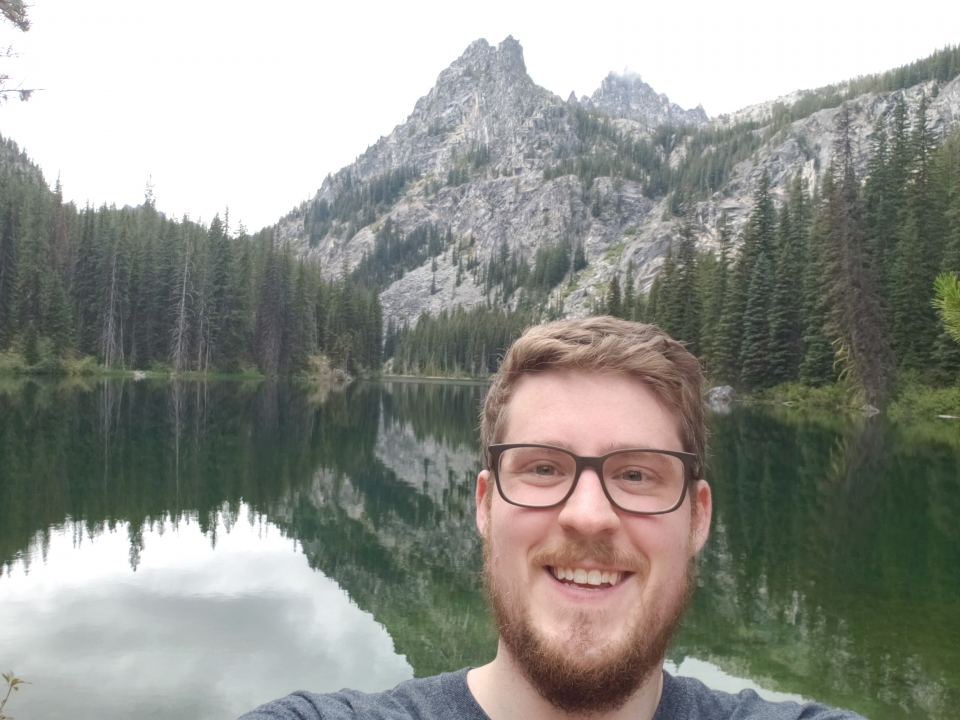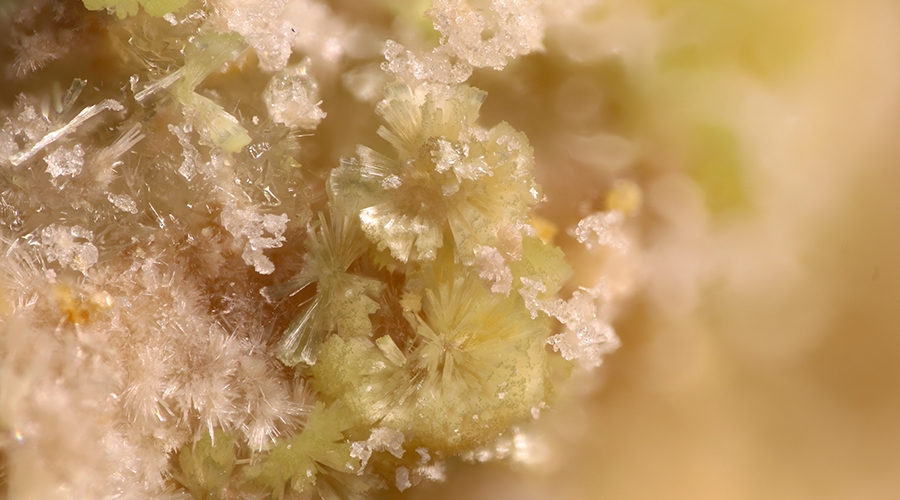New mineral named in honor of ASU Professor Alexandra Navrotsky

ASU Professor Alexandra Navrotsky.
A newly discovered mineral, navrotskyiteChemical formula (K2Na10 (UO2)3(SO4)9·2H2O), has been named after Arizona State University Professor Alexandra Navrotsky for her significant contributions to uranium thermochemistry.
A member of the National Academy of Sciences, Navrotsky is a distinguished physical chemist who works in geoscience and materials science. She started her academic career in chemistry at ASU in 1969. After appointments at Princeton and UC Davis, Navrotsky returned to ASU on Oct. 1, 2019, to head the new one-of-a-kind Center for Materials of the Universe.
“My group and I have worked on the thermodynamics of uranium minerals for many years, so although navrotskyite is new, we know its cousins,” said Navrotsky. “Getting a mineral named after you means that people like both your science and you, and I am deeply honored by this.”
The new mineral was discovered by Travis Olds, who earned a PhD from Notre Dame University and currently is a postdoctoral researcher at Washington State University. Olds investigates the chemistry and mineralogy of uranium and the dissolution of used nuclear fuel. His work as a mineralogist has led to the discovery and naming of 12 new minerals, many of which contain uranium.
“We study the minerals, with an emphasis to describe previously unknown ones, to better understand the behavior of uranium in these conditions,” Olds said. “Knowing the assemblages can help with remediation and provide a better understanding of uranium chemistry.”
The mineral was discovered in the Blue Lizard mine in Red Canyon in southeastern Utah. At its peak, Utah was home to large-scale uranium and copper production until the 1980s, when domestic uranium mining came to an end due to increasing federal regulation, nuclear fear and overseas competition.
The Blue Lizard mine is one of the most mineralogically diverse mines in the canyon. While the miners are long gone, many of the abandoned mines are still accessible to researchers. The local groundwater and geologic conditions generate oxidation chemistry that results in the formation of sulfate and carbonate minerals on the mine walls. The Blue Lizard mine contains possibly 60-plus unique sulfate minerals, many of which contain uranium, like navrotskyite. Crystals of navrotskyite form thin tapered needles and develop intergrown aggregates that can resemble fiber optic bundles.
Travis Olds, postdoctoral researcher at Washington State University, studies the dissolution of nuclear fuel. Photo courtesy of Travis Olds.
The group of mineral collectors Olds works with includes Joe Marty, a retired University of Utah medical technologist and mineral collector. Together they first came across the area of the Blue Lizard mine where navrotskyite is found in 2017, and collected some of the material that led to the discovery in 2018 and 2019.
Olds and his group used UV flashlights to locate the uranyl sulfate minerals because they are brightly fluorescent green and yellow. Navrotskyite was one of several new potassium-bearing sodium uranyl sulfate minerals found in a roughly 10-by-3-foot area on the mine wall.
“We often find new minerals just by seeing crystals with a unique shape or color under the microscope, and then later confirm their uniqueness by testing the composition and atomic arrangement," Olds said. "We compile a bunch of structural and spectroscopic data in a proposal that is sent to the International Mineralogical Association, and about 20 mineralogists from around the world vote on the mineral name and analytical data.”
Olds’ colleagues at the University of Notre Dame who helped with the characterization of navrotskyite used a Setaram AlexSys calorimeter, also named after Navrotsky, who developed the instrument and applied it to understand the thermodynamics of mineral formation. Despite rather simple compositions — sodium, potassium, uranium, sulfur and oxygen — there are many ways the atoms can arrange in a crystal to form many unique minerals. Calorimetry is an important tool to understand the relative stabilities of different atom arrangements.
Navrotskyite is pale green-yellow, sometimes appearing blue due to underlying ferrinatrite. Photo courtesy of Travis Olds.
More Science and technology

ASU professor breeds new tomato variety, the 'Desert Dew'
In an era defined by climate volatility and resource scarcity, researchers are developing crops that can survive — and thrive —…

Science meets play: ASU researcher makes developmental science hands-on for families
On a Friday morning at the Edna Vihel Arts Center in Tempe, toddlers dip paint brushes into bright colors, decorating paper…

ASU water polo player defends the goal — and our data
Marie Rudasics is the last line of defense.Six players advance across the pool with a single objective in mind: making sure that…



